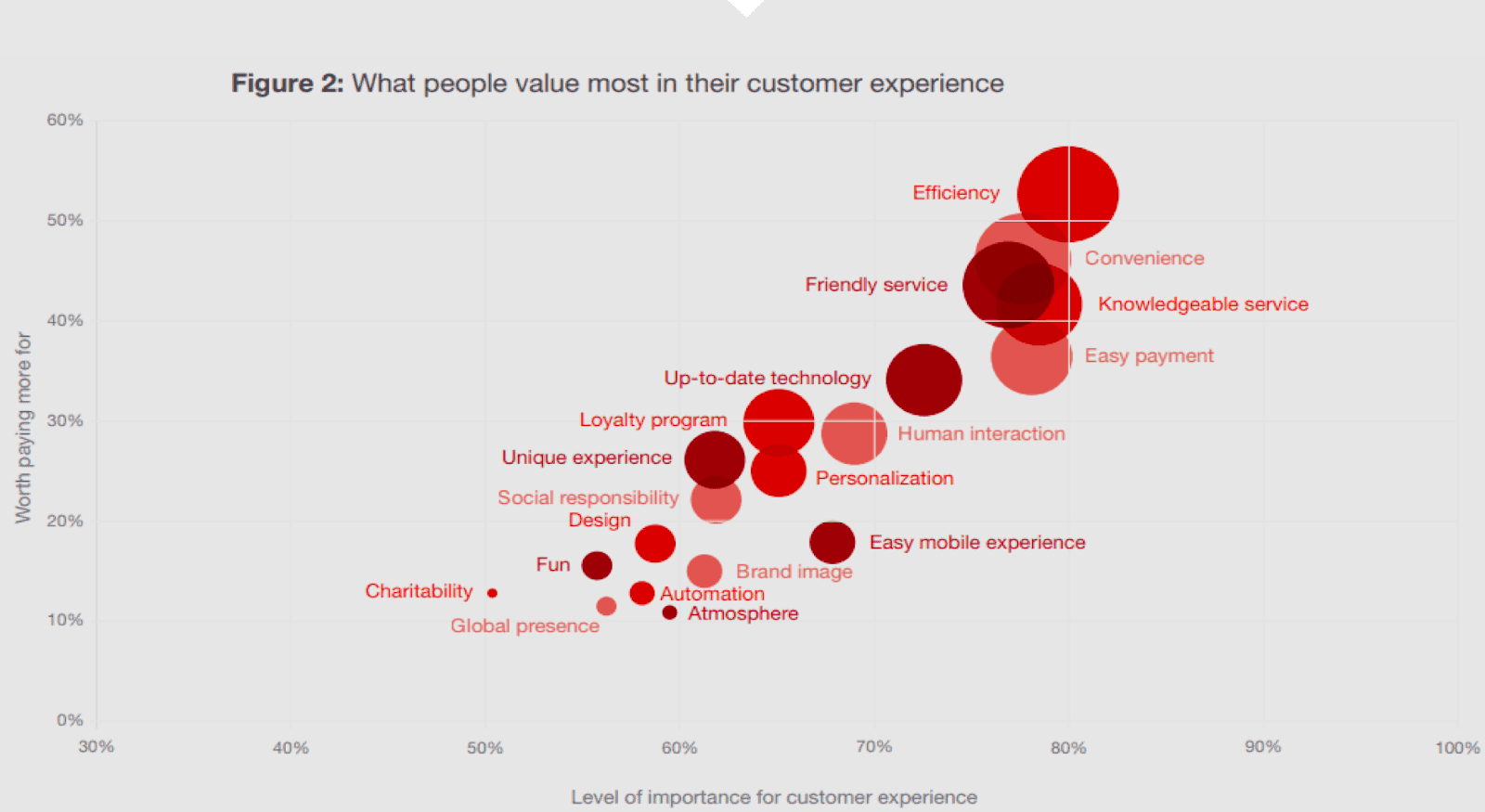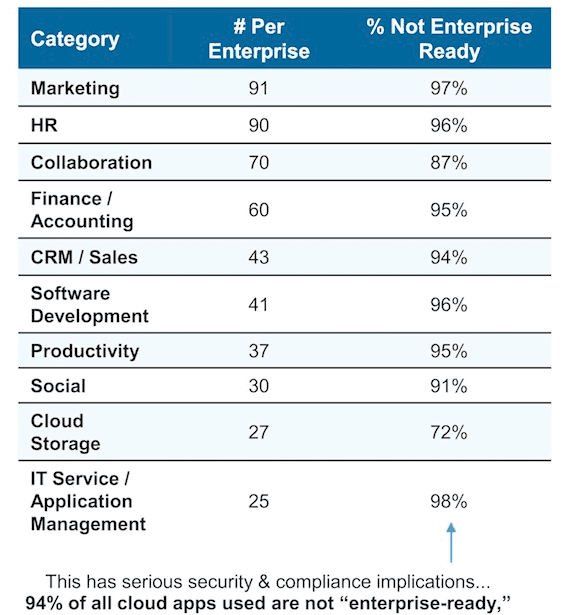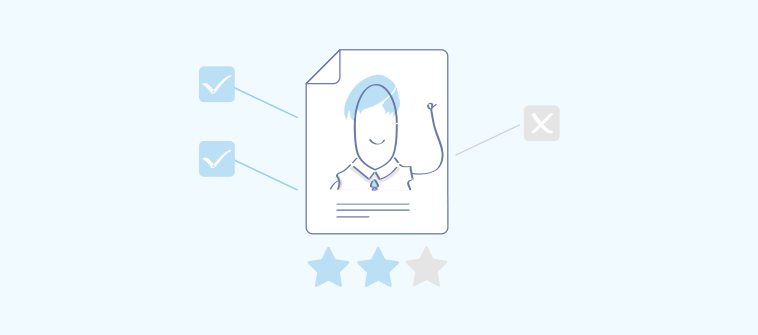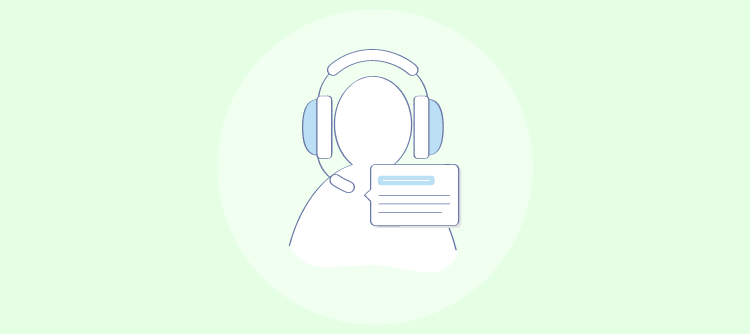Modern customers are tough nuts. It is difficult to catch their attention with flashy banners placed in the middle of a webpage, or a loud video commercial broadcasted on TV. They use different gadgets and consume content from different screens in various formats.
During the past decade, consumers have also virtually mastered the art of avoiding any irrelevant promotional materials that come their way. Why? Because they all need to be personally interested and involved in order to care about message content.
A fundamental change of consumer behavior entails the transformation of the entire ‘brand-customer’ interaction. In fact, Walker research revealed that by the end of 2020, customer experience will be a better brand differentiator as compared to the product and its price.
When 65% of consumers prefer a good user experience to a cool ad, it is a good indication for marketers to shift focus towards marketing automation. Innovative marketing automation platforms simplify and automate managing processes, personalize your communication with customers that further helps them connect better with your offerings.

At this stage, defining when and what your brand wants to say, and to whom will be the key to a compelling user experience personalization enabled by marketing automation tools. Discovering who is your target audience will be the first point of your journey to marketing processes automation.
Let’s look at it in more detail. Here is how you can create excellent experiences for customers by using marketing automation tools.
Support Customers with Self-Service
Creating excellent experiences for customers requires you to understand the needs and preferences of your clients. While your customers prefer a modern wifi-enabled car, you can’t be selling them a vintage one.
The same goes true for customer service. With technology seeped in the lives of people and click being the shortest distance to get things, it’s natural for your customers to demand instant gratification while seeking information.

Using the same traditional method reaching out to them via phone calls or emails, why not embrace the self-service approach and give them what they actually want.
A smooth self-service experience is far better than talking to an operator, which is time-consuming and many times, not convenient as well.
How to Do It Right?
You can use knowledge base software to create a cloud-based knowledge platform. It can be accessed by your customers as per their convenience, with no restriction of time and place.
Empowering your customers with a self-help knowledge base gives them the freedom to solve simple queries on their own, without depending on your support staff. It makes the lives of your customers as well as your support staff, a lot easier and simpler.
Find and Segment Your Audience
Driving insights about target audience from detached arrays of user data across channels (CRM, email, website, mobile application, etc.) can be truly challenging. That’s why even very small businesses use some kind of software tools that enable them to obtain valuable user insights.
On the other hand, the area of cloud marketing technologies is booming. An average enterprise uses 91 cloud marketing services that serve different marketing workflow purposes. Moving away from the manual daily grind, there is the risk of going to another extreme. This includes collecting a lot of solutions, getting lots of data sets that overlap and receiving output that cannot be fully trusted. Source
Source
To build a long-term, customer-oriented strategy based on multi-channel communication, it is critical to have a stable root element of the infrastructure. This can be a CRM, data management platform (DMP) or customer data platform (CDP). Businesses need to be adapting and using these tactics to master in digital strategy.
All mentioned technologies are able to automatically gather, process, and arrange the data necessary for marketing segmentation. But both CDP and DMP are different from each other. Let’s see how-
DMP:
- Data selection is through field values called probabilistic matching
- Focuses mainly on segmenting and categorizing customer data
- Collects generic data such as time spent by users on the company’s website.
- It gathers data from different sources and then categorizes and segments it that makes it extremely easy to target customers.
CDP:
- It collects data from a firm’s database, website, mobile apps, etc., which can be used for preparing content for offers, promotions, and emails.
- Selects data based on identifiers like email addresses.
- It makes use of customer analytics and machine learning to create campaigns that target a particular set of customers.
- Analyzes visitors’ search patterns and determines whether they can be converted into customers or not.
How to Do It Right?
The question, “what to choose, CDP or DMP?” will entirely depend on individual business needs.
For instance, using CRM will be enough for businesses that only communicate with users via one or two channels and gather first-party data (personally collected). DMP and CDP will be necessary to use for omnichannel campaigns. DMP works with cookies that have a 30-day or 90-day life cycle. The main task of DMP is to collect and process the data about user segments to make it applicable to programmatic targeting.
Instead of segments, CDP creates a unique user identifier based on individual pieces of data scattered across various marketing channels, both online and offline. Any source of data can be used by CDP, including data from CRM and DMP, offline transactions, offline visits, data gathered from third-party pixels, data transferred through API from apps, etc. This makes the CDP platform slightly different from DMP, because, in addition to advertising, it can also be used for marketing purposes.
Personalize Your Message
Through personalization, progressive marketers turn user data and the power of artificial intelligence into fuel for business growth. This is what 98% of marketers believe, according to the Researchscape International survey.
A dynamic and targeted experience determines modern marketing personalization. It makes communication more efficient and flexible. Customers who don’t have a TV may be reached on desktop, those who don’t use a PC may be contacted through a mobile phone and so on.
Such practices improve customer retention and satisfaction rates as they help brands more closely relate to the needs and lifestyle of customers.

Various stages of the customer’s journey can be personalized, depending on the communication channel, device, or time of day. For example, the experience of a regular customer and a new visitor should be significantly different. Brands can also personalize the website, the content of email messages and applications, messages in paid media, discounts, hot offer notifications, recommendations of goods and services, as well as reminders.
For this, it is important to monitor the changing tastes of customers in real-time and be prepared to adjust experiences according to the new realities constantly. This approach organically resulted in so-called hyper-personalization.
How to Do It Right?
Applying the principles of hyper-personalization in tandem with marketing automation tools like email or programmatic automation platforms companies can redefine almost all components of marketing, including search promotion, banner ads, and emails. This will attract high-value customers who are more likely to convert.
The Takeaway
There are many arguments in favor of automation when it comes to user experience. Even if you have a small business, when it grows, you’ll have to embrace solutions that work with big data and personalization. In case you automate marketing workflow with supportive tools now, in the future, you can easily scale them and integrate new functional parts into the system. This will help you to react more quickly to changes in consumer behavior and enable your business to earn more value from good quality relationships.
 Tips
Tips
We’d love to hear your tips & suggestions on this article!
FREE. All Features. FOREVER!
Try our Forever FREE account with all premium features!

 We'd love your feedback!
We'd love your feedback! Thanks for your feedback!
Thanks for your feedback!







